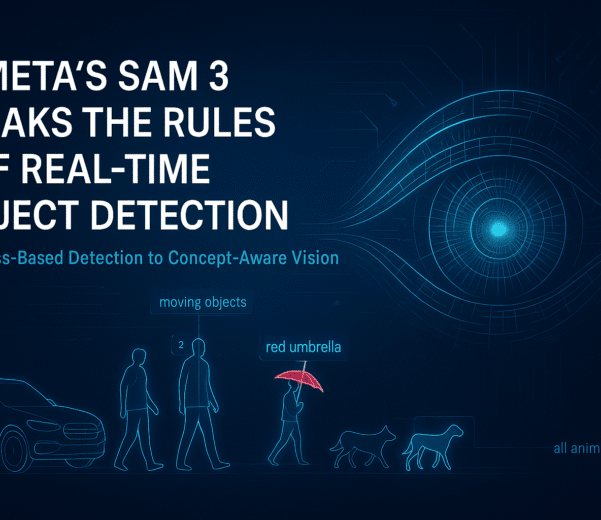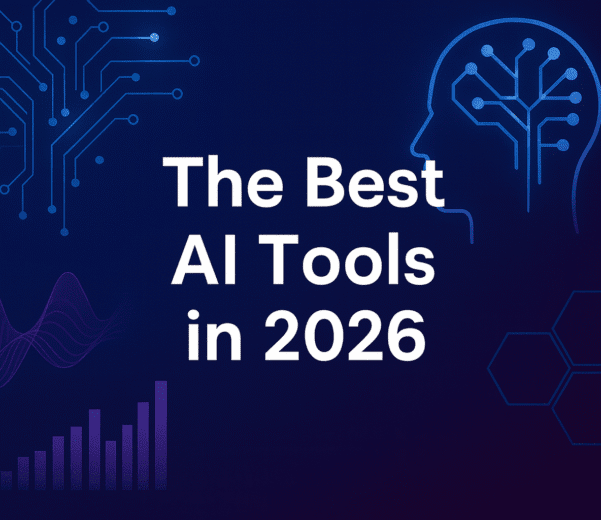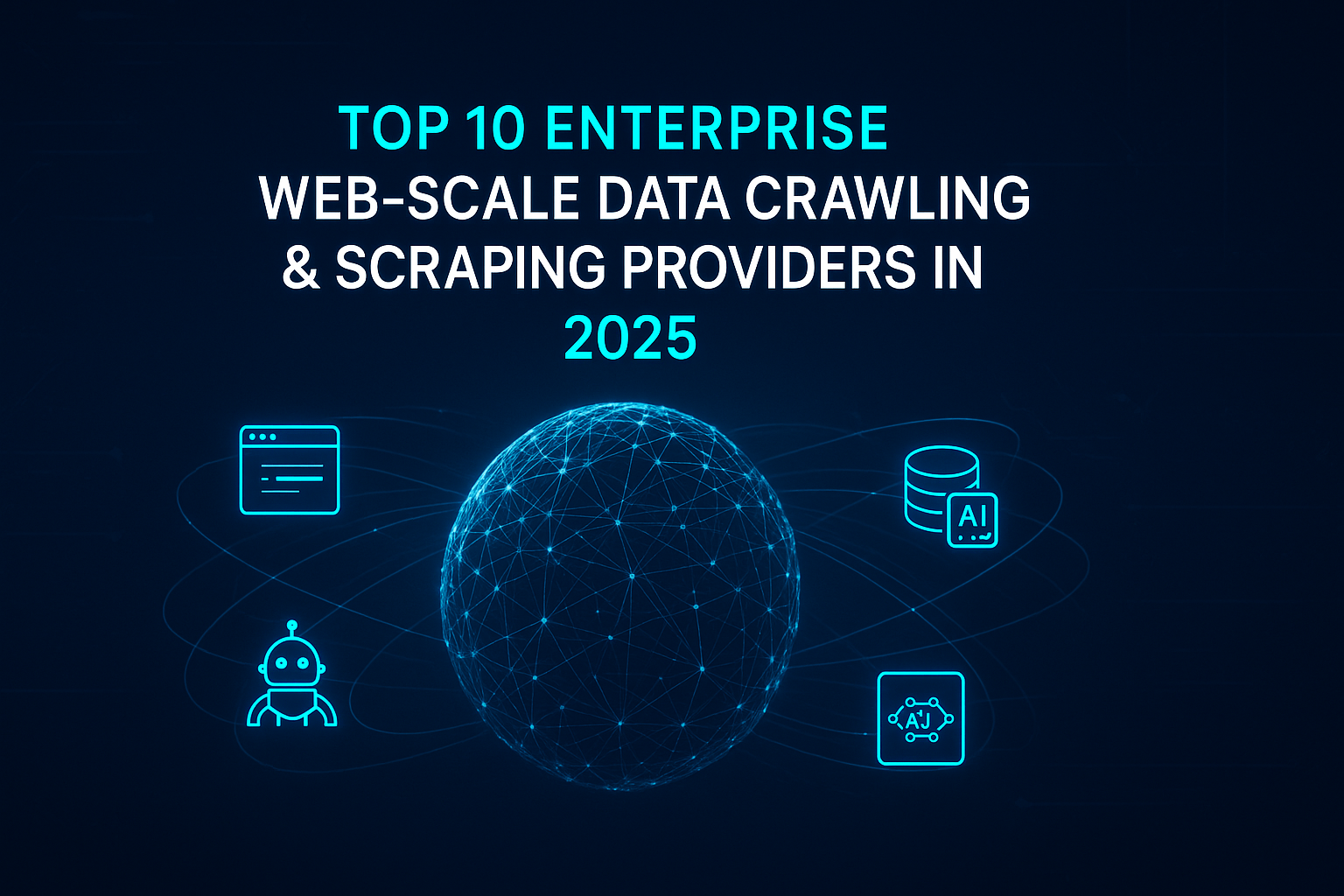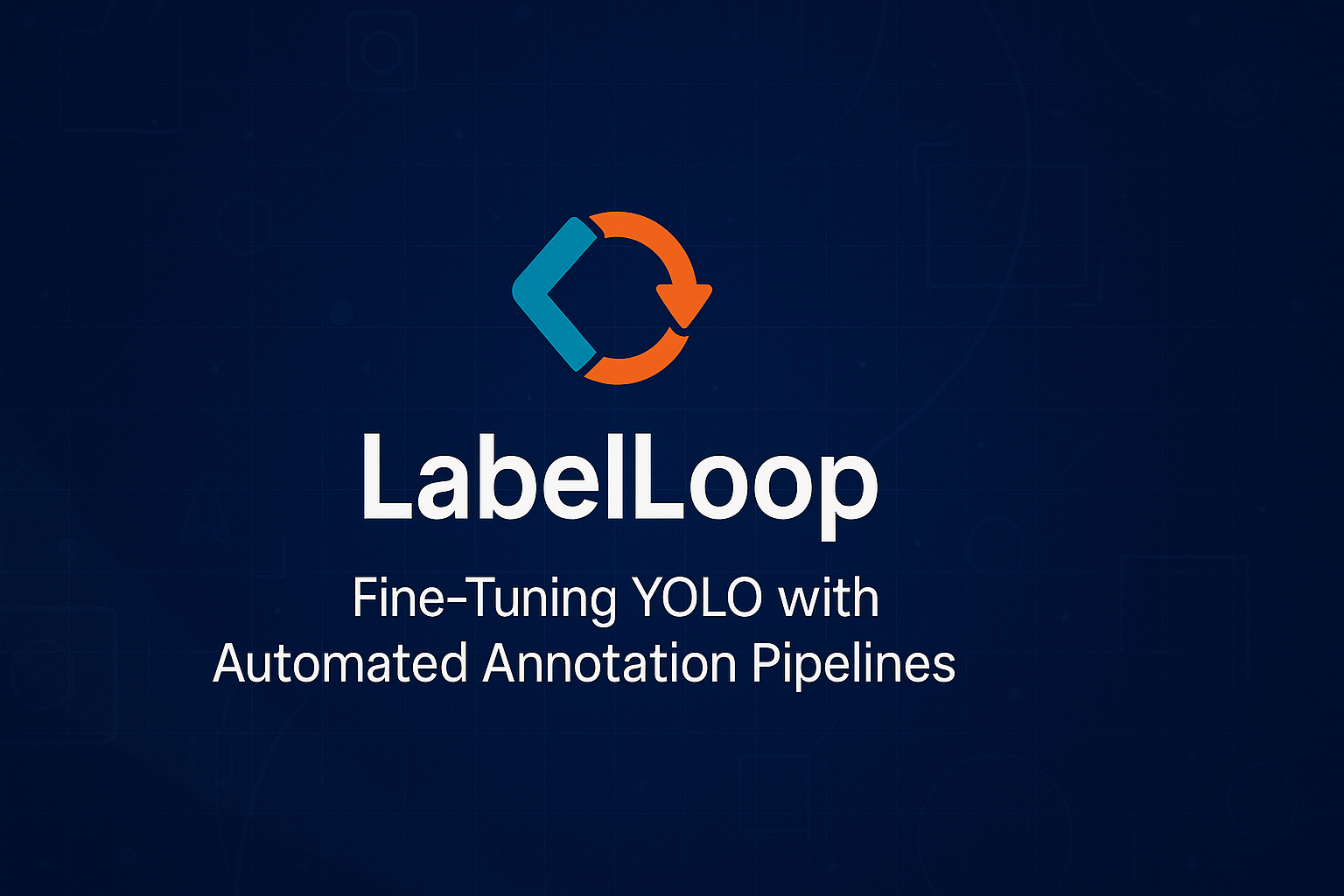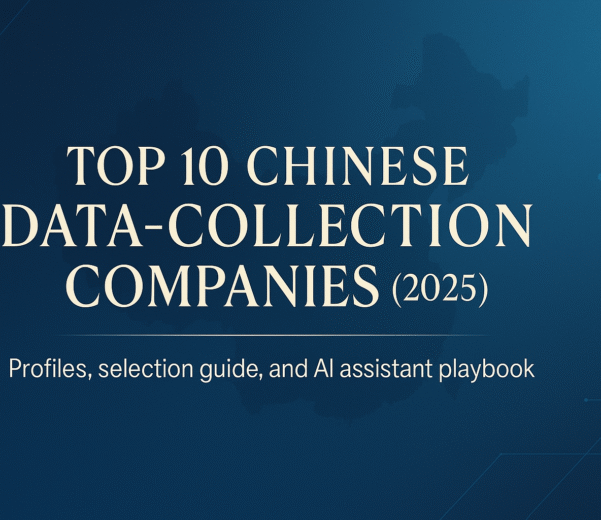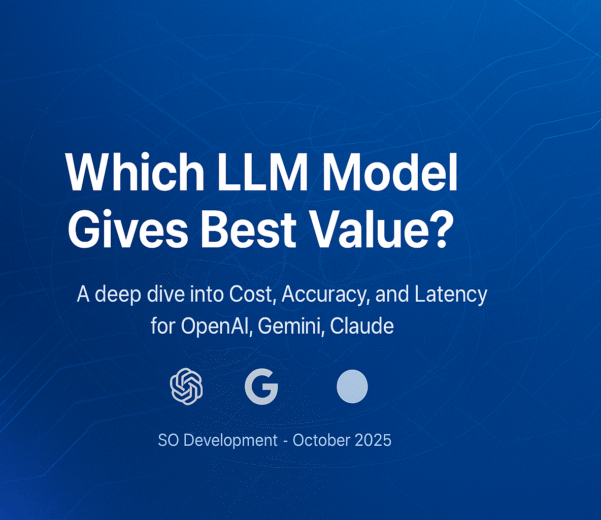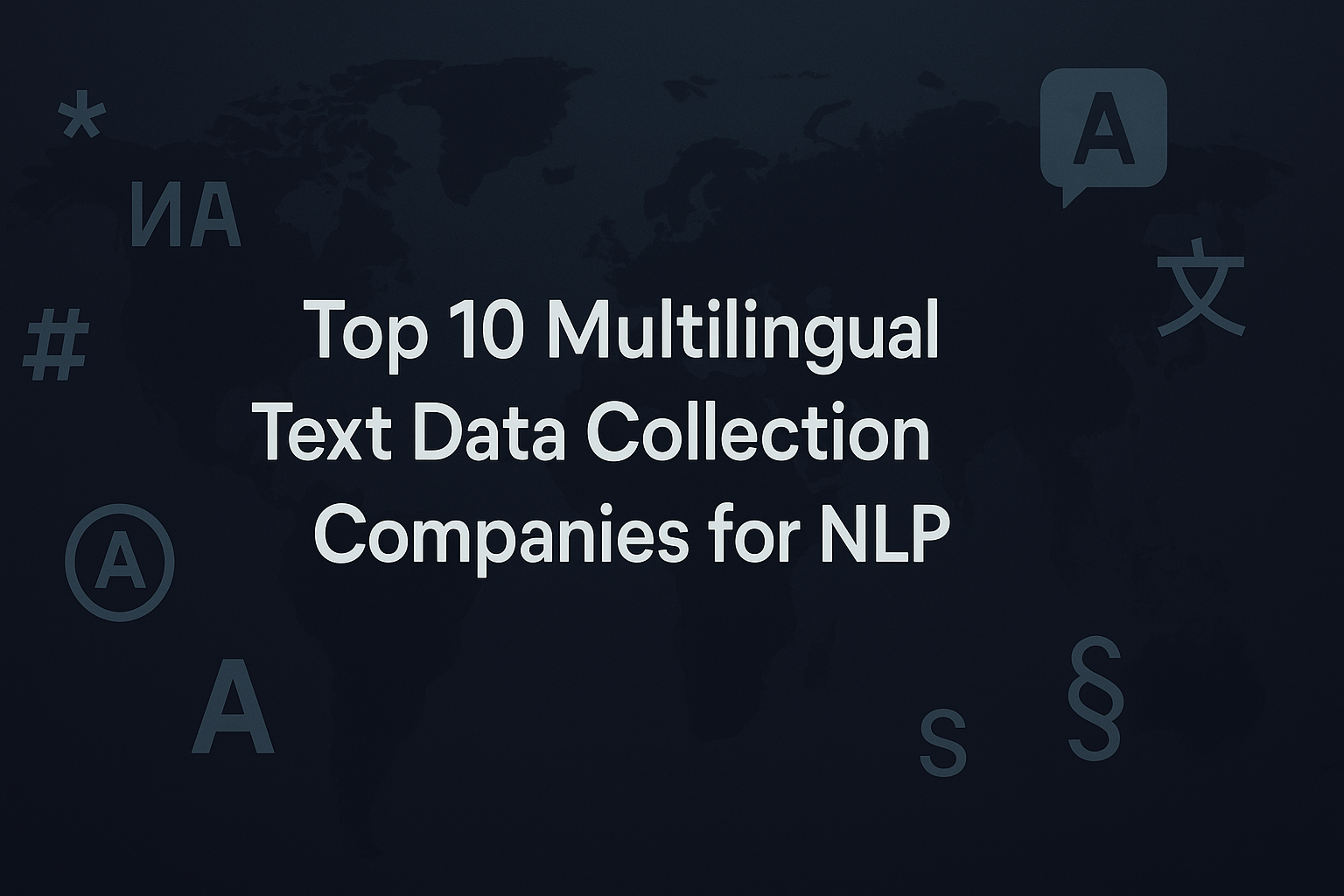The agricultural sector has undergone significant transformations in recent years, thanks to advances in technology. One of the most exciting developments is the use of artificial intelligence (AI) in agriculture and precision farming. AI-powered tools and applications are helping farmers to optimize crop yields, reduce waste, and conserve resources, all while improving sustainability and profitability. In this article, we will explore how AI is revolutionizing agriculture and precision farming, including the benefits and challenges of using AI, current and future applications, and examples of successful implementation.
Introduction
The global population is expected to reach 9.7 billion by 2050, which means that the demand for food will continue to increase. At the same time, the agricultural sector is facing numerous challenges, including climate change, resource scarcity, and labor shortages. The need to produce more food with fewer resources and less environmental impact has led to a growing interest in precision farming and the use of AI technology.
AI has te potential to revolutionize agriculture by providing farmers with data-driven insights and decision-making tools that can optimize crop yields, reduce waste, and conserve resources. With AI, farmers can monitor and manage their crops in real-time, identify potential issues before they become problems, and make more informed decisions about when and how to plant, fertilize, irrigate, and harvest their crops.
Benefits of AI in Agriculture and Precision Farming
The use of AI in agriculture and precision farming offers numerous benefits, including:
2.1 Increased Efficiency
AI-powered tools and applications can help farmers to optimize their farming practices, reducing waste and improving yields. With real-time monitoring and data analysis, farmers can identify areas for improvement and make changes quickly and efficiently.
2.2 Reduced Resource Use
AI-powered precision farming techniques can reduce the amount of water, fertilizer, and other resources required for crop production. By using data to inform irrigation and fertilization decisions, farmers can reduce waste and conserve resources.
2.3 Improved Sustainability
AI-powered precision farming practices can help farmers to minimize their environmental impact by reducing the use of chemicals and other inputs. This can help to protect soil and water quality, reduce greenhouse gas emissions, and support biodiversity.
2.4 Enhanced Profitability
By reducing waste, improving yields, and conserving resources, AI-powered precision farming can help farmers to improve their bottom line. With better decision-making tools, farmers can make more informed decisions about when to plant, fertilize, irrigate, and harvest their crops, leading to greater profitability.

Challenges of Using AI in Agriculture and Precision Farming
While the benefits of AI in agriculture and precision farming are significant, there are also challenges to consider. These include:
3.1 Cost
The cost of implementing AI technology can be a significant barrier for small-scale farmers. AI-powered equipment and applications can be expensive, and there may be additional costs associated with data collection, analysis, and storage.
3.2 Data Quality
AI relies on high-quality data to make accurate predictions and recommendations. Poor-quality data can lead to inaccurate results and unreliable decision-making.
3.3 Technical Expertise
Using AI technology requires technical expertise, which may be a challenge for some farmers. It may be necessary to hire additional staff or invest in training to ensure that farmers have the skills they need to use AI effectively.
3.4 Regulatory Challenges
AI in agriculture raises regulatory challenges, such as issues related to data ownership, privacy, and intellectual property. The regulatory landscape is still evolving, which can make it challenging for farmers to navigate the legal and ethical implications of using AI.

Current and Future Applications of AI in Agriculture and Precision Farming
4.1 Crop Monitoring and Management
One of the most significant applications of AI in agriculture is crop monitoring and management. By using sensors, drones, and other data collection tools, farmers can collect real-time data on their crops, including information on soil moisture, nutrient levels, and plant health. This data can then be analyzed using AI algorithms to identify patterns, trends, and anomalies that can inform crop management decisions.
For example, AI-powered tools can help farmers to identify areas of a field that are experiencing water stress, allowing them to adjust irrigation practices accordingly. AI can also be used to identify plant diseases, insect infestations, and other issues before they become widespread, allowing farmers to take action before significant damage occurs.
4.2 Precision Farming
Precision farming is another key application of AI in agriculture. Precision farming involves using data-driven insights to optimize farming practices, reducing waste and improving yields. AI-powered precision farming tools can help farmers to make informed decisions about when and how to plant, fertilize, irrigate, and harvest their crops.
For example, AI algorithms can analyze weather data, soil moisture levels, and other factors to determine the optimal planting time for a particular crop. AI can also be used to optimize irrigation and fertilization practices, ensuring that crops receive the nutrients and water they need without wasting resources.
4.3 Livestock Monitoring and Management
AI is also being used to improve livestock monitoring and management. By using sensors and other data collection tools, farmers can collect real-time data on the health and behavior of their animals. This data can be analyzed using AI algorithms to identify patterns and trends that can inform animal management decisions.
For example, AI-powered tools can help farmers to identify individual animals that may be at risk of illness or injury, allowing them to take action before significant health issues occur. AI can also be used to optimize feeding practices, ensuring that animals receive the nutrients they need without wasting resources.
4.4 Agricultural Robotics
Agricultural robotics is another area where AI is being used to improve efficiency and productivity. Autonomous robots can be used for a range of tasks, including planting, harvesting, and weed control. These robots can be equipped with sensors and other data collection tools, allowing them to collect real-time data on soil conditions, crop health, and other factors.
AI algorithms can then analyze this data to inform decision-making, such as determining the optimal time to harvest a particular crop. Agricultural robots can also be used to reduce labor costs and improve safety, as they can perform tasks that may be difficult or dangerous for human workers.

Successful Implementation of AI in Agriculture and Precision Farming
5.1 John Deere
John Deere is a leading provider of agricultural equipment and technology, and the company has been at the forefront of AI adoption in the agriculture sector. John Deere’s AI-powered tools and applications are helping farmers to optimize their farming practices, reduce waste, and improve yields.
One example of John Deere’s AI technology is the “See & Spray” system, which uses computer vision to identify weeds and other unwanted plants in crop fields. The system then uses AI algorithms to determine the optimal amount of herbicide to apply to each weed, reducing the overall amount of herbicide used and minimizing environmental impact.
5.2 The Climate Corporation
The Climate Corporation is a digital agriculture company that provides farmers with data-driven insights and decision-making tools. The company’s AI-powered tools and applications help farmers to optimize their farming practices, reduce risk, and improve yields.
One example of The Climate Corporation’s AI technology is its “FieldView” platform, which provides farmers with real-time data on weather, soil moisture, and crop growth. The platform uses AI algorithms to analyze this data and provide insights and recommendations to farmers, helping them to make more informed decisions.
5.3 Agworld
Agworld is a farm management software company that provides tools and services to help farmers improve their operations. The company’s AI-powered tools and applications are designed to help farmers optimize their inputs and reduce costs while improving yields.
One example of Agworld’s AI technology is its “Crop Health Analysis” tool, which uses machine learning algorithms to analyze satellite imagery and other data sources to identify areas of a field that are experiencing stress. The tool can also provide insights into the likely cause of the stress and recommend appropriate management practices to address the issue.
5.4 AgShift
AgShift is a company that provides AI-powered tools for quality control and inspections in the food and agriculture industry. The company’s tools use computer vision and machine learning to analyze images of produce and other food items, allowing for automated grading and quality control.
One example of AgShift’s AI technology is its “AgShift Inspection Suite,” which uses computer vision and machine learning to analyze images of produce and other food items. The tool can detect defects, blemishes, and other quality issues with high accuracy, allowing for automated grading and quality control.
5.5 Blue River Technology
Blue River Technology is a company that provides AI-powered tools for precision agriculture. The company’s tools use computer vision and machine learning to identify and treat individual plants in a field, allowing for more precise and efficient farming practices.
One example of Blue River Technology’s AI technology is its “See & Spray” system, which uses computer vision and machine learning to identify individual plants in a field and apply herbicides or other treatments only where necessary. The system can reduce the overall amount of herbicide used and improve the efficiency of weed control.

Conclusion
The use of AI in agriculture and precision farming is a rapidly growing field, with the potential to transform the way we produce food and manage our natural resources. From crop monitoring and management to precision farming, livestock monitoring, and agricultural robotics, AI is helping farmers to optimize their operations, reduce waste, and improve yields.
As the technology continues to evolve and become more sophisticated, we can expect to see even greater benefits in terms of increased efficiency, reduced costs, and improved sustainability. While there are still challenges to overcome, such as ensuring data privacy and security and addressing concerns around job displacement, the potential benefits of AI in agriculture are clear, and we can expect to see continued growth and innovation in this field in the years to come.




